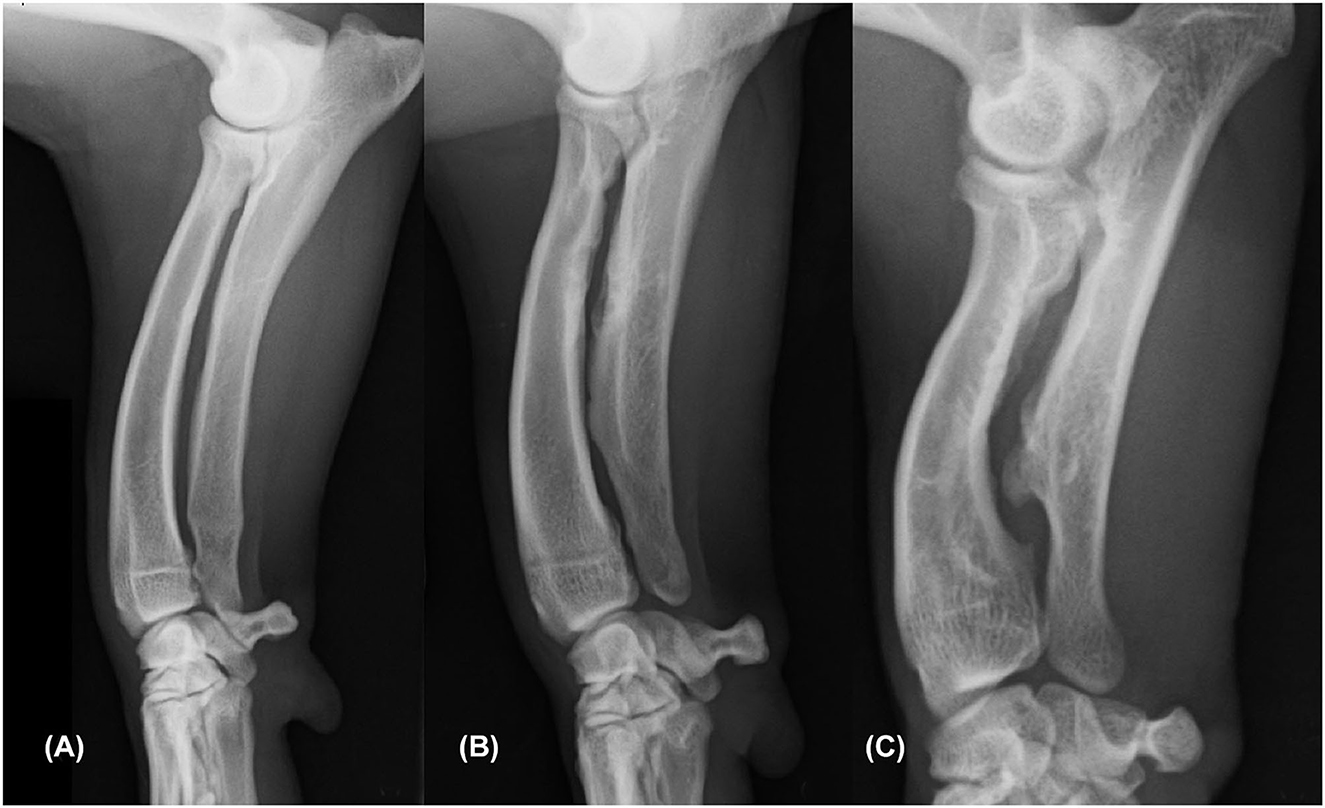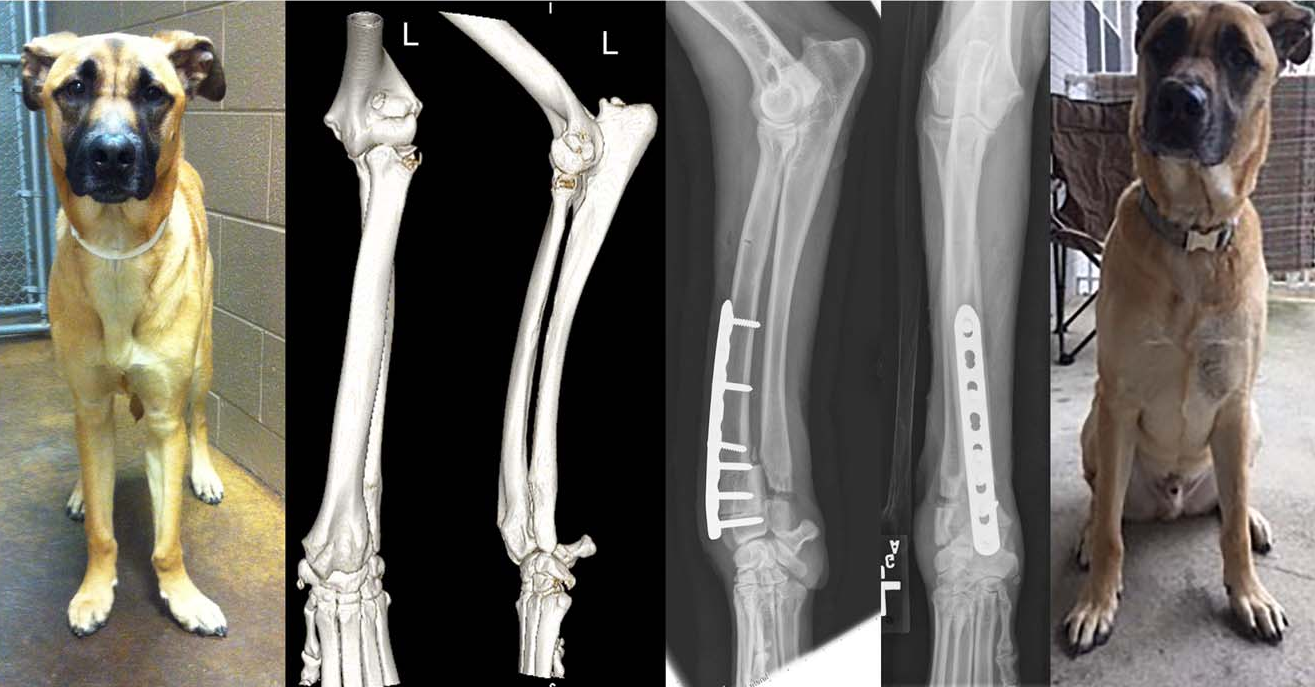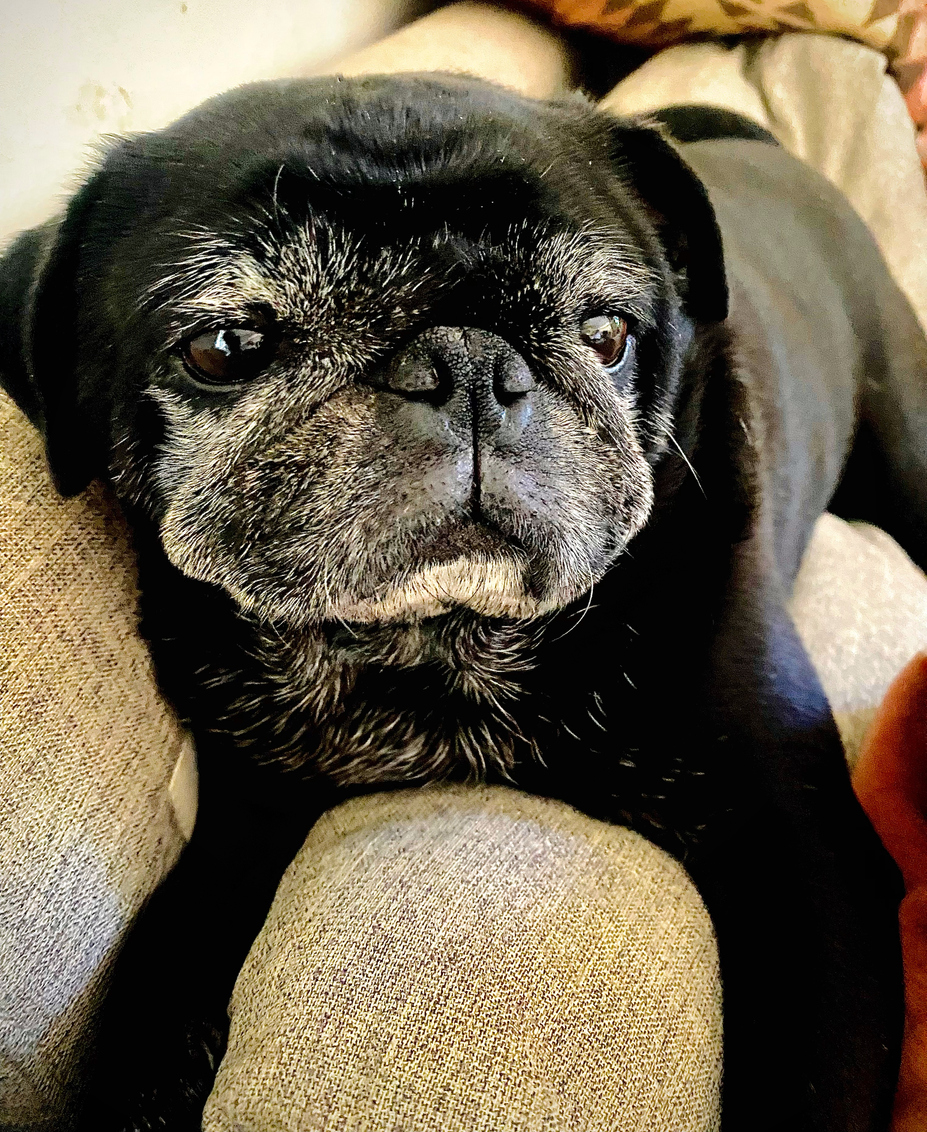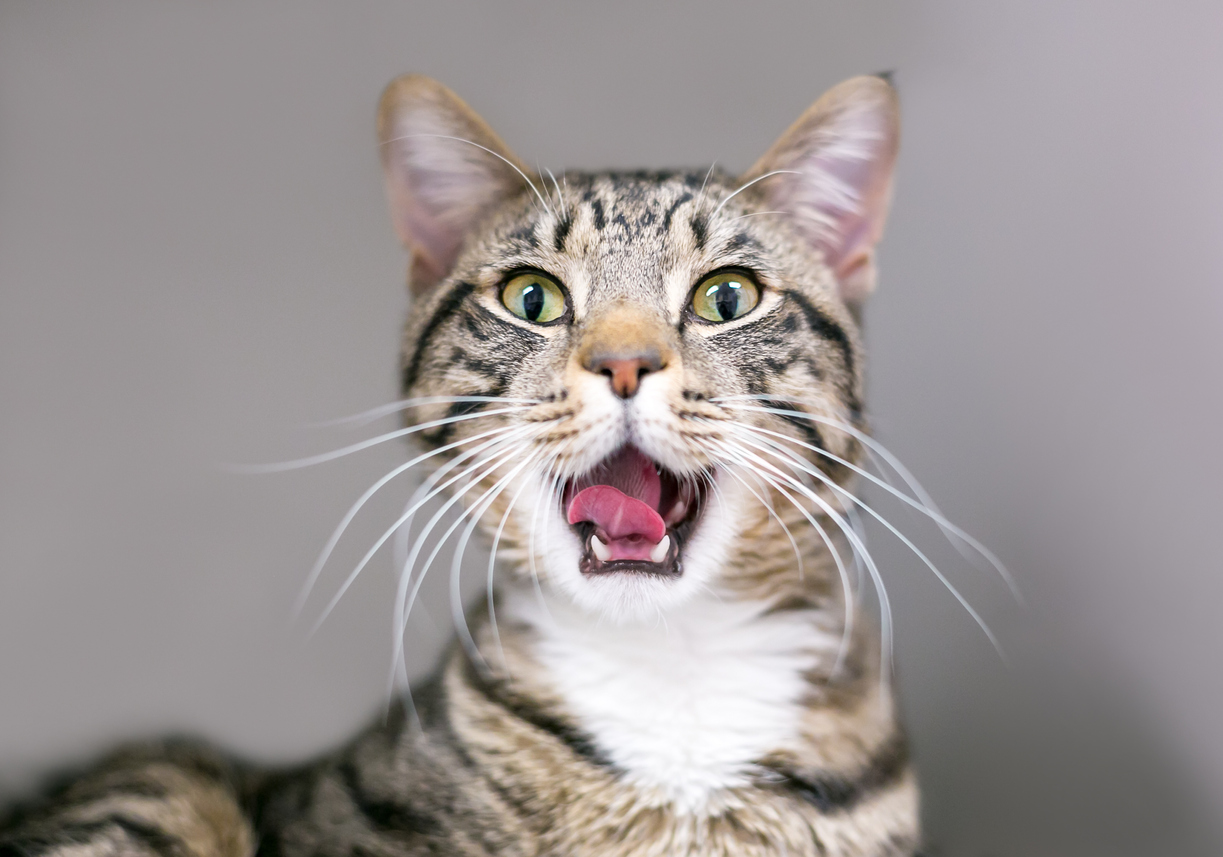Angular Limb Deformity
What are Angular Limb Deformities?
Angular limb deformities are not uncommon and there are a number of different deformities that can occur. Whether resulting from injury or heredity, when there is irregular growth in one or two bones in a pair, it will lead to:
- Shortened limbs
- Bowing of bones
- Partial displacement of joint
- Bending or twisting of growing bone.
An angular limb deformity means that the spatial alignment of a limb is abnormal, leading to pain, discomfort and often, lameness.
Angular limb deformities typically takes place in either the radius/ulna (front leg) or tibia/fibula (hind leg). The deformities can occur as a result of a physical injury or as a result of genetics.

What are the symptoms of Angular Limb Deformity?
A common sign of Angular Limb Deformity is limping on one or both forelimbs. While deformities can occur in the hind limbs, this is less likely.
Should your pet not be from a breed that typically has bowed legs, if you notice a visible limb deformity, lameness or a reduction in motion, you will want to bring your pet to the veterinarian for an evaluation as soon as possible.
What are the causes of Angular Limb Deformities in Dogs?
Angular limb deformity is most commonly caused when growth between two bones that are side by side does not occur at the same time; one bone will stop growing early and will function in such a way as to lead to the bone that is still growing to bend and twist. These deformities, when reaching a certain point, lead to difficulty functioning, as well as pain. Angular limb deformity may also be caused by a traumatic injury incurred at a young age. Should the injury impact one bone in a pair of growing bones, it can cause one bone to stop growing earlier than it should, leading to an angular limb deformity.
Certain breeds of dogs are more likely to experience angular limb deformities. These include Bulldogs, Shih Tzu, Lhasa Apso, Dachshunds.
For cats, we tend to see the condition frequently in Munchkins.
How is Angular Limb Deformity diagnosed?
Angular limb deformity is usually diagnosed after a thorough evaluation process. This will involve a thorough physical examination. Your veterinarian will likely request radiographs of your pet’s limbs (the affected limb and the other limb for comparison). Sedation or general anesthesia will be required for the radiograph. Computer Tomography (CT), an advanced diagnostic imaging technique, may also be recommended; CT images will help the veterinarian create a 3D image of your pet’s limb. This will be very helpful if surgery is necessary.
Angular Limb Deformity
How is this condition treated?
There are several treatment options for Angular limb deformity.
- Reduce or eliminate pain - To do this, the veterinarian will seek to restore the congruence of the joints through surgery. The shorter bone (that has been functioning as a bowstring) is often cut near the joint that is being impacted, which will let the bone bounce back.
- Resolve angular and rotational alignment issues - The deformed bones will be cut and realigned, allowing the contiguous joints to be aligned correctly. The bones are then held in the new position through plates-and-screws or external skeletal fixation.
- Prevent future deformities as bones continue to grow - If your pet is particularly young and has quite a bit more growing to do, portions of the bone may be removed in order to ensure that the bowstring effect does not happen again once surgical realignment has been completed.
- Treat shortening of the limb - Sometimes both bones in a pair will stop growing early. Spatial realignment can be conducted by using an external frame that will allow for daily adjustment and growth.



